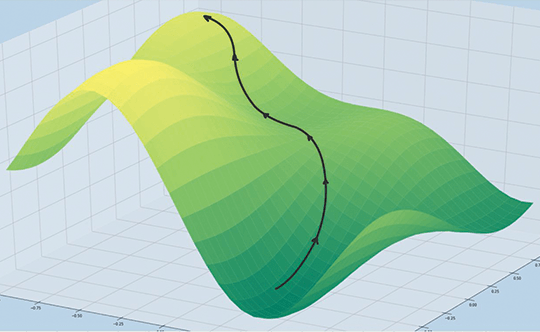Software Development
Optimization Application for Gas Field Operations
01. Brief
Designed and developed algorithm-driven software 💻 using Python 🐍, VBA, and linear programming for production optimization at Chevron, a world-leading Oil & Gas company, resulting in a ✅15.2% increase in oil production, ✅$15.3 million/year in additional revenue, and improved workforce efficiency with reduced errors.
02. Skills
Software Development, Python, Excel Macro VBA, Database, UX/UI, Collaboration, ETL, Optimization Algorithm, Linear Programming

03. Achievements
Fulfilled All Field Objectives
Achieved all goals for gas field operation, including meeting the well depletion target, optimizing oil and gas production, reducing reserves loss, and maintaining gas specification within the desired range.
$15.3 Million More Annual Revenue
Attained a 15.2% increase in oil production and generated an additional revenue of $15.3 million per year by operating the field at optimized conditions.
Agile Operations
Implemented a more automated framework that enabled data-driven operations, resulting in agile operations and improved workforce efficiency with reduced human error.
04. Problems
Operating a gas field with around 1,000 wells presents various challenges, including conflicting goals such as maintaining gas specifications while balancing depletion targets, and dealing with dynamically changing conditions. These challenges are compounded by a manual operation process that leads to sub-optimization, lower production, increased operator workload, human error, inconsistent operation, and inadequate adaptation to changing conditions.
05. Actions
• Develop an in-house application with optimization algorithms based on linear programming to prioritize well operation in different situations.
• Collaborate with the Petroleum Engineering team to identify all the goals and requirements, and then translate them into objective functions and constraints. These will be used by the optimization algorithm to prioritize well operation in different scenarios, such as excessive water production, low gas production, and maximum oil production.
• Design and implement a database along with an ETL (Extract-Transform-Load) process to ensure that the application can handle data streams seamlessly, and provide a user-friendly dashboard for well monitoring.
• Consult with operators, the main users of the application, to identify pain points and develop features that address their needs.
• Communicate regularly with the Petroleum Engineering and operator teams to balance short-term and long-term goals, maximizing profit and company reputation while achieving all objectives.